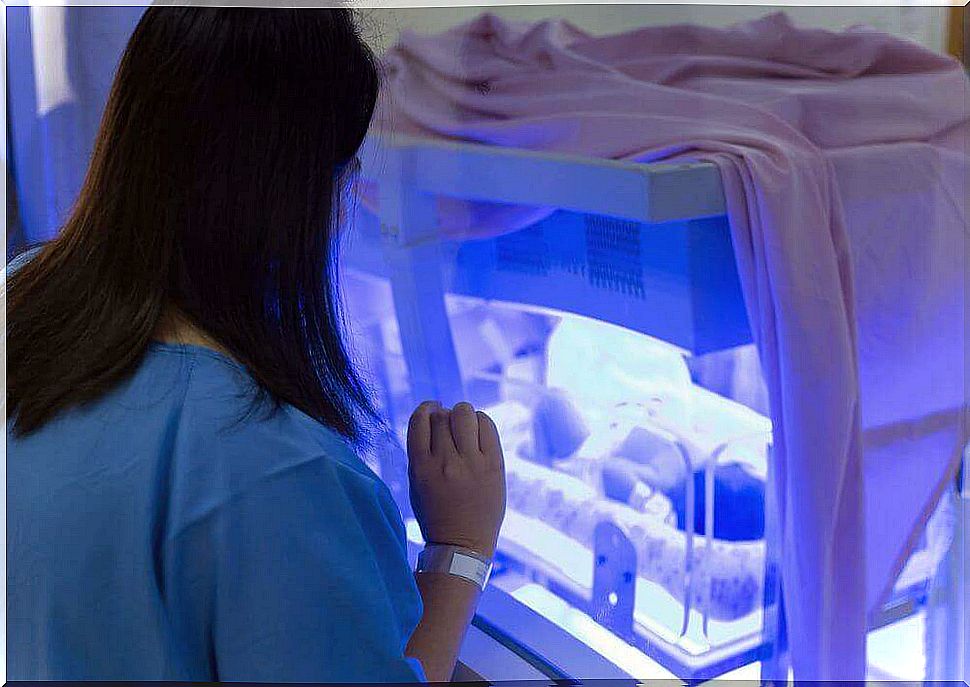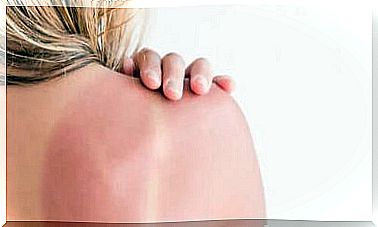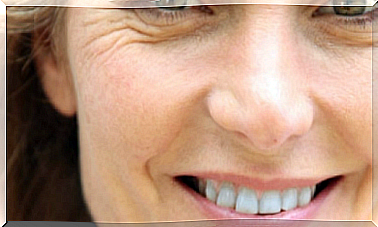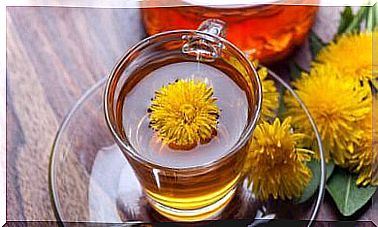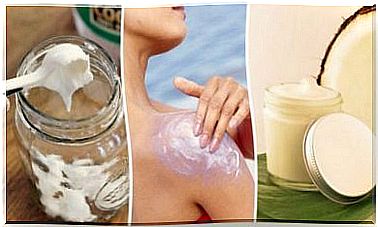Jaundice In Newborns: What Do You Need To Know?
Jaundice in newborns is not necessarily a serious illness. Rather, it is a normal process.

In the first days of an infant’s life, parents’ fears and doubts are so great that any unknown symptom or sign can cause anxiety. Jaundice in newborns is considered a normal process, although it requires monitoring so as not to become an extreme setting.
In this article you will find all the information you need to learn more about the reasons for jaundice in newborns. We also give you some tips on how to act to prevent this condition from getting worse.
Why does jaundice occur in infants?
Jaundice is defined as a yellowish discoloration of the skin and mucous membranes. Its cause is bilirubin, a substance that appears when red blood cells break down. To know the exact values of these red blood cells, a blood test should be done .
However, the yellowish discoloration in the baby is not considered a serious condition if the bilirubin levels are not extremely high. When the levels are very high in the blood, it is called hyperbilirubinemia. This then requires monitoring and hospital monitoring.
2 or 3 days after birth, it is common to see a yellowish discoloration on the infant’s skin. The liver is the organ responsible for removing excess bilirubin, but it is difficult for it to start functioning after birth.
What is the best care for a newborn baby?
Once we know that jaundice in newborns doesn’t have to be a serious illness, it’s important to know what to do in order to minimize the chances of it getting worse. For this, there are basic treatments that all parents can do:
- Monitor the proper nutrition of the baby: it feeds through the breastfeeding, it is more complicated to ensure food intake. There is jaundice associated with breastfeeding which is infrequent and usually occurs after a week of life. Only the pediatrician, after examining the infant, can indicate whether it is necessary to stop breastfeeding for one or more days.
- Home phototherapy: this is a technique used in neonatal units to treat hyperbilirubinemia. It can also take place at home. This technique involves placing the newborn for 10 minutes in sunlight, with a diaper and eyes covered. Choose a time when the sun is not too strong and if possible before 9 a.m.
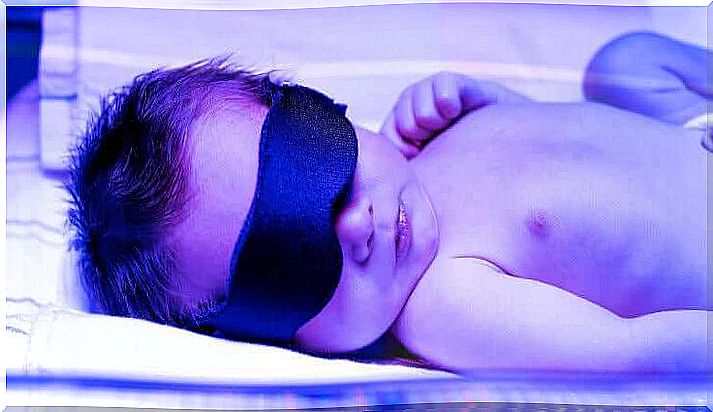
Identify possible risk situations related to jaundice
As we have commented before, the most common is to see jaundice in the newborn that is not associated with serious situations. Nevertheless, it is essential to know certain signs that require a medical evaluation:
- Early onset of jaundice in the baby: if the coloration appears from the first day of life, the pediatrician will ask for a blood test in order to be able to assess the exact result
- Jaundice is still present after 2 weeks of life: this is the time the liver needs to start its functions and eliminate excess
Complications of jaundice in newborns
When bilirubin in the blood exceeds extreme values, it can be deposited in brain cells and affect the metabolism and function of neurons. This is called kernicterus.
To avoid knowing this situation, it is necessary to seek a consultation with the pediatrician when a yellowish coloration of the baby is detected after a week of life.
The pediatrician will then perform the appropriate tests to estimate the bilirubin levels. In the event that the values are close to the extreme parameters, he will prescribe hospitalization as well as treatment with phototherapy and care in a neonatal unit.
What does hospital phototherapy consist of?
A newborn baby who needs phototherapy will need to be hospitalized for several days. Today, most hospitals allow parents to stay with their babies 24 hours a day. Although it is advisable that they rest at home.
Nurses in neonatal units are trained to provide basic care for newborns with hyperbilirubinemia. It is therefore important to follow the recommendations of specialized personnel.
If you are breast-feeding, it is advisable to stop for a while. It is better to follow the indications of hospital professionals regarding infant feeding.
Conclusion…
Newborn skin changes during the first few days of life, and jaundice is one of the most common. Therefore, it is essential to receive adequate information on the basic care of each of the most common alterations.
